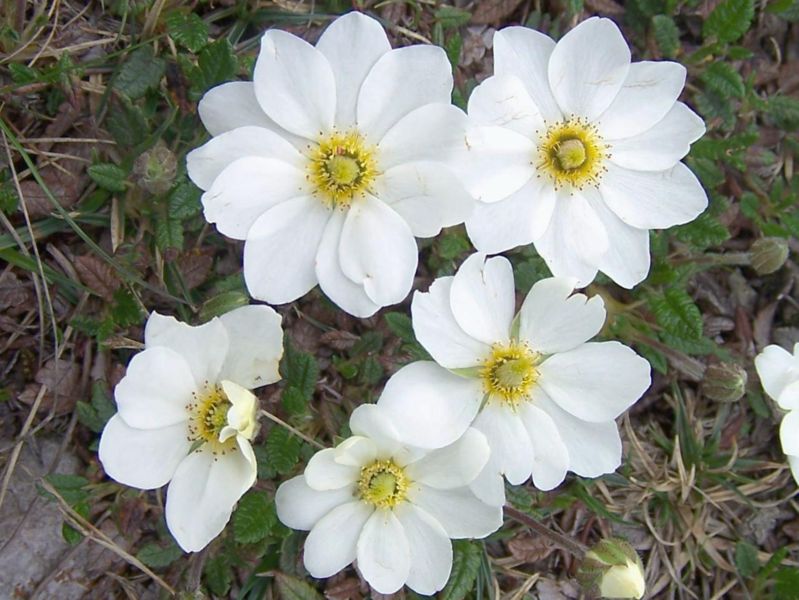When many people think of the tundra, they think of rock and barren landscape, with very little life. In fact, even the name – tundra- comes from a Finnish word meaning “treeless.” Though the summer season is short with really only two -three months of growing season…there are roughly 1,700 types of plants that grow in Canada’s Arctic. Of these, there are over 800 flowering varieties.
Because the permafrost prevents any deep-rooted plants from growing, the plants that do live here must be extremely adaptable to the harsh conditions. Flora such as mosses, grasses, heath, lichens and small shrubs abound. In the summer, the icy blanket melts away and quickly the ground is awash in red, pink, purple, green, yellow, and blue. The contrast from the stark white of winter is quick and dramatic.

However, the first large swath of color to cover the rocky areas of the tundra’s Spring surface is ..well..white. Mountain avens or Arctic avens ,as they are called, often emerge through the exposed land and signal the beginning of this short but bountiful Summer season. An avalanche of wildflowers follow throughout the season with precise timing so to maximize the pollination options from various insects. Every living organism in the north is opportunistic…aside from some humans I imagine. These wildflowers adapt to any obstacles the tundra provides…and they do it amazingly. Avens twist into a seed ball at the end of their flowering faze and even grow higher to launch their seeds in the wind..really a fantastic adaptation to the region.

So when you make it to Churchill some Summer be sure the belugas aren’t the only wonder you take in…enjoy the wildflowers ..starting of course with the magical avens.

